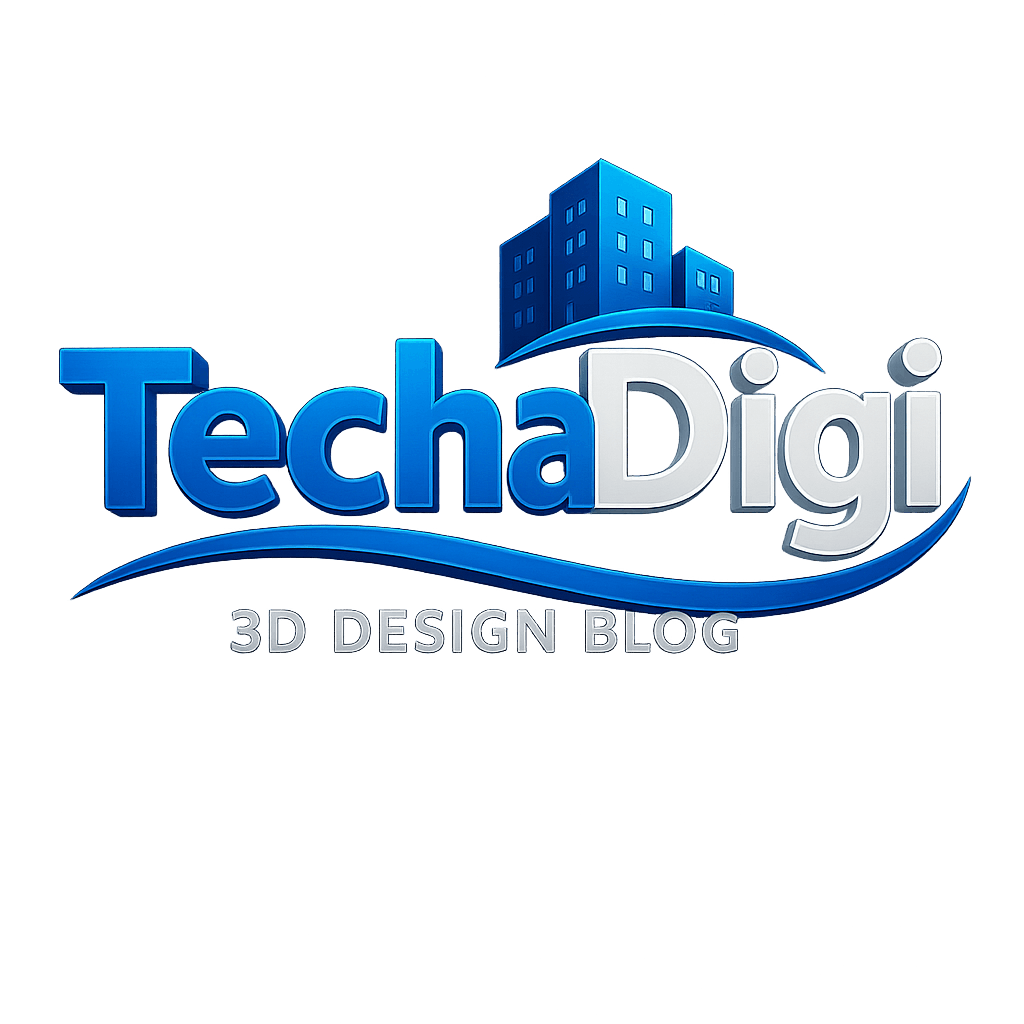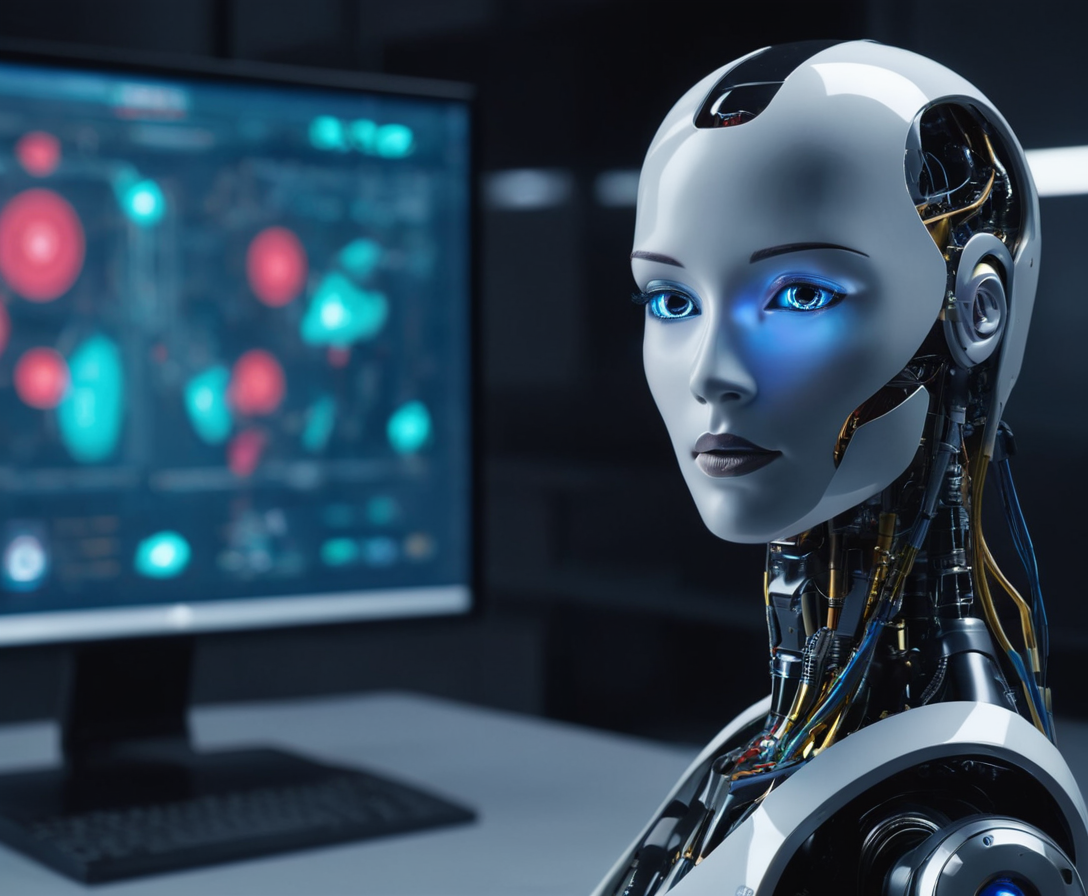In the swiftly changing realm of technology, computer development is at the vanguard, heralding an era filled with innovation and potential. The continuous quest for computing solutions that are quicker, more intelligent, and more efficient has brought us to the brink of remarkable discoveries. This article takes you through the captivating domain of computer development, examining the most recent trends, revolutionary technologies, and the promising future that lies ahead.
A computer is a sophisticated electronic device that processes and stores information. It’s a versatile tool that has become an integral part of modern life, empowering us with the ability to perform complex calculations, store vast amounts of data, communicate across the globe and engage in a wide range of activities.
A computer is composed of several essential components that work together harmoniously:
- Central Processing Unit (CPU): Often referred to as the “brain” of the computer, the CPU executes instructions and performs calculations. It handles tasks ranging from basic arithmetic operations to complex data manipulations.
- Memory (RAM): Random Access Memory (RAM) is a temporary storage area that allows the computer to access data quickly. It’s essential for running applications and managing active tasks.
- Storage: Computers use various storage devices to store data for the long term. This includes hard disk drives (HDDs), solid-state drives (SSDs), and other types of portable storage media.
- Input and Output Devices (I/O): These devices enable interaction between the computer and the user. Common input devices include keyboards and mice, while output devices include monitors, printers, and speakers.
- Motherboard: The motherboard is the main circuit board that connects all the internal components of the computer, allowing them to communicate and work together.
Computers run software, which consists of programs and operating systems that provide the instructions and functionalities for various tasks. From browsing the internet and editing documents to playing games and running complex simulations, software enables the computer to perform a wide range of functions.
The concept of a computer has evolved over time, starting with early mechanical devices and progressing through the digital age. Today, computers come in various forms, including desktop computers, laptops, tablets, smartphones, and specialized devices for specific tasks, such as servers for data storage and processing.
The transformative power of computers has revolutionized industries, from business and education to healthcare and entertainment. They have become essential tools for research, communication, innovation, and productivity. With the rapid advancement of technology, the capabilities of computers continue to expand, shaping the future of how we live, work, and connect with the world around us.
The Evolution of Computer Hardware
The heart of every computer lies within its hardware, the intricate components working in harmony to bring our digital endeavors to life. From the bulky and slow computers of the past to the sleek, lightning-fast machines of today, the evolution of computer hardware has been nothing short of astonishing.
- Processors: The central processing unit (CPU), often referred to as the “brain” of the computer, has undergone remarkable advancements. From single-core to multi-core architectures, the processing power has multiplied exponentially, enabling complex tasks to be executed in milliseconds.
- Memory: The quest for more memory and faster access speeds has driven the development of RAM (Random Access Memory). The days of kilobytes have given way to gigabytes, with the potential for even more impressive memory capacities in the future.
- Storage: Solid-state drives (SSDs) have revolutionized data storage, providing unmatched speed and reliability when compared to traditional hard drives. Cloud-based storage solutions further enhance accessibility and convenience.
The Rise of Artificial Intelligence (AI)
No discussion on modern computer development is complete without mentioning the meteoric rise of Artificial Intelligence. Artificial intelligence has revolutionized our interaction with technology by enhancing its intelligence, improving the user experience, and enabling it to learn from interactions.
- Machine Learning: Computers are now capable of analysing vast amounts of data, detecting patterns, and making predictions with astonishing accuracy. This capability has found applications in fields as diverse as finance, healthcare, and autonomous vehicles.
- Natural Language Processing (NLP): It has revolutionized the way we interact with technology. The capacity for computers to comprehend and produce human language has not only enhanced communication but also propelled automation to new heights. Applications such as chatbots, language translation services, and voice-activated assistants represent only a small fraction of NLP’s potential applications.
Quantum Computing: Unlocking Unprecedented Potential
The realm of quantum computing is one that has captured the imagination of scientists, researchers, and tech enthusiasts alike. By leveraging the principles of quantum mechanics, quantum computers have the potential to solve complex problems that are currently beyond the reach of classical computers.
- Quantum Bits (Qubits): Unlike traditional bits, which can be either 0 or 1, qubits can exist in multiple states simultaneously. This property, known as superposition, enables quantum computers to perform parallel computations, exponentially increasing their processing power.
- Quantum Supremacy: The point at which quantum computers can outperform the most advanced classical computers in certain tasks is known as quantum supremacy. This milestone, though challenging to achieve, promises groundbreaking advancements in fields such as cryptography and material science.
The Future Landscape: What Awaits
As we stand on the brink of a new digital era, the future of computer development holds immense promise. From the proliferation of 5G technology, enabling lightning-fast data transfer, to the convergence of augmented reality and virtual reality, the possibilities are boundless.
- Edge Computing: With the proliferation of IoT (Internet of Things) devices, the demand for computing resources at the “edge” of the network is increasing. Edge computing allows data to be processed closer to the source, reducing latency and enabling real-time decision-making.
- Sustainable Computing: As the environmental impact of technology becomes more pronounced, the focus on sustainable computing solutions is paramount. Energy-efficient hardware, renewable energy sources for data centers, and eco-friendly manufacturing processes are shaping the future of computing.
In conclusion, the realm of computer development is a dynamic and ever-evolving one. From the rapid advancements in hardware to the transformative power of AI and the potential of quantum computing, our digital journey is filled with excitement and possibilities. Embracing these innovations and staying at the forefront of technological progress will define the success of individuals, businesses, and societies in the digital age.




